In recent years, Breitling, under CEO Georges Kern, has been reducing its portfolio and case sizes rather significantly, a move that comes as part of the storied watch house's masterful ethos of walking a fine line between honouring its past while simultaneously speaking to new audiences. Last week, we sat down with Kern, in London, ahead of the launch of the newly revamped Avenger line.
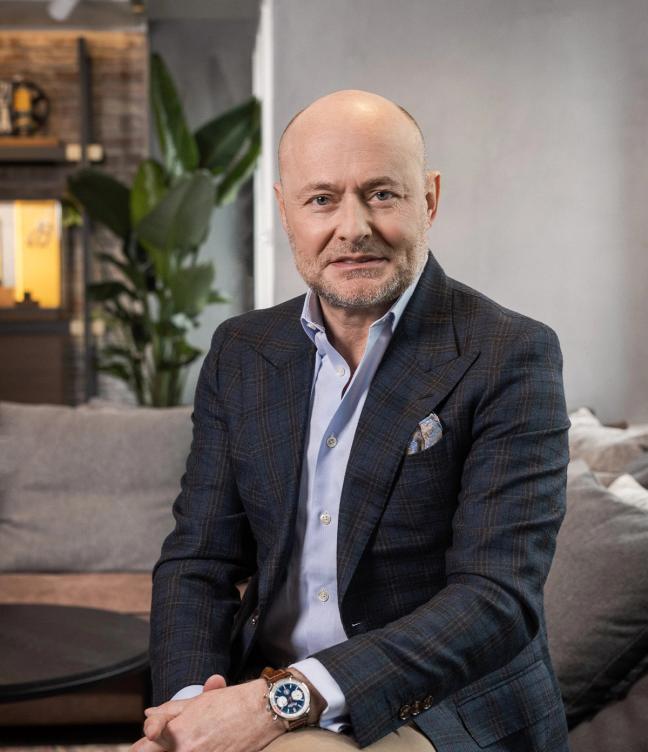
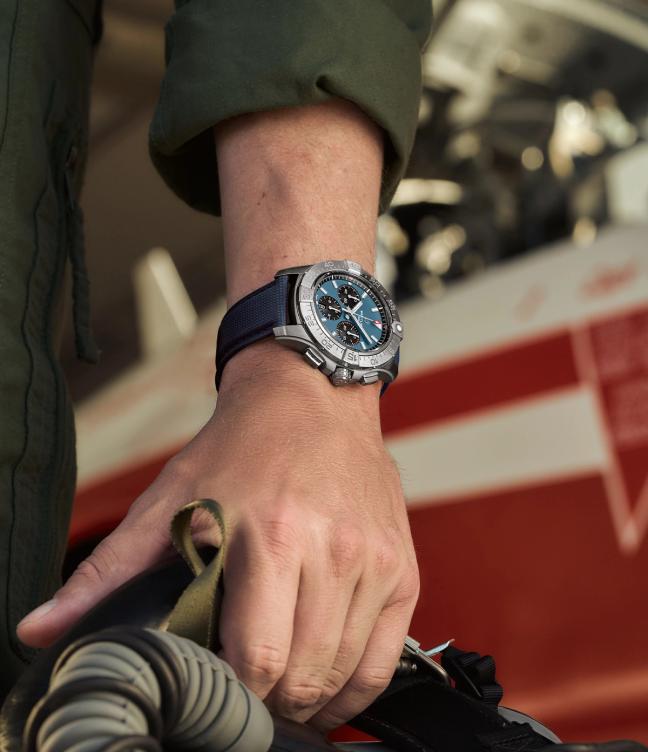
GJ: What was it, back in 2017, that excited you most about the prospect of working at Breitling?
GK: Well, to be honest, I signed before I even realised how big the potential really was. I knew we could do better, the brand had huge awareness and we had some ideas to improve it. But, then, when I discovered the back catalogue, the rich history and heritage of the brand, six months after I joined the company, and I saw these products from the 1930s to 1980s, I thought, ‘Oh my god, this would be a home run.’
You had to put some skin in the game to get into Breitling, by investing some of your money into the business. How did that make you feel – were you anxious, excited, nervous, prepared, ready?
Two things: first of all, I wouldn't have done it without being able to be an investor and co-owner. And, number two, what is somehow counter-intuitive when you invest your own money, you're actually taking more risks than when you're in a group, because you have no choice of playing offence. In a group, the tendency is to play defence to avoid making mistakes and to be fired. But, when you're an entrepreneur, you go for it. My wife, on the other hand, was concerned when I told her how much money I was going to invest and wanting to quit my previous job.
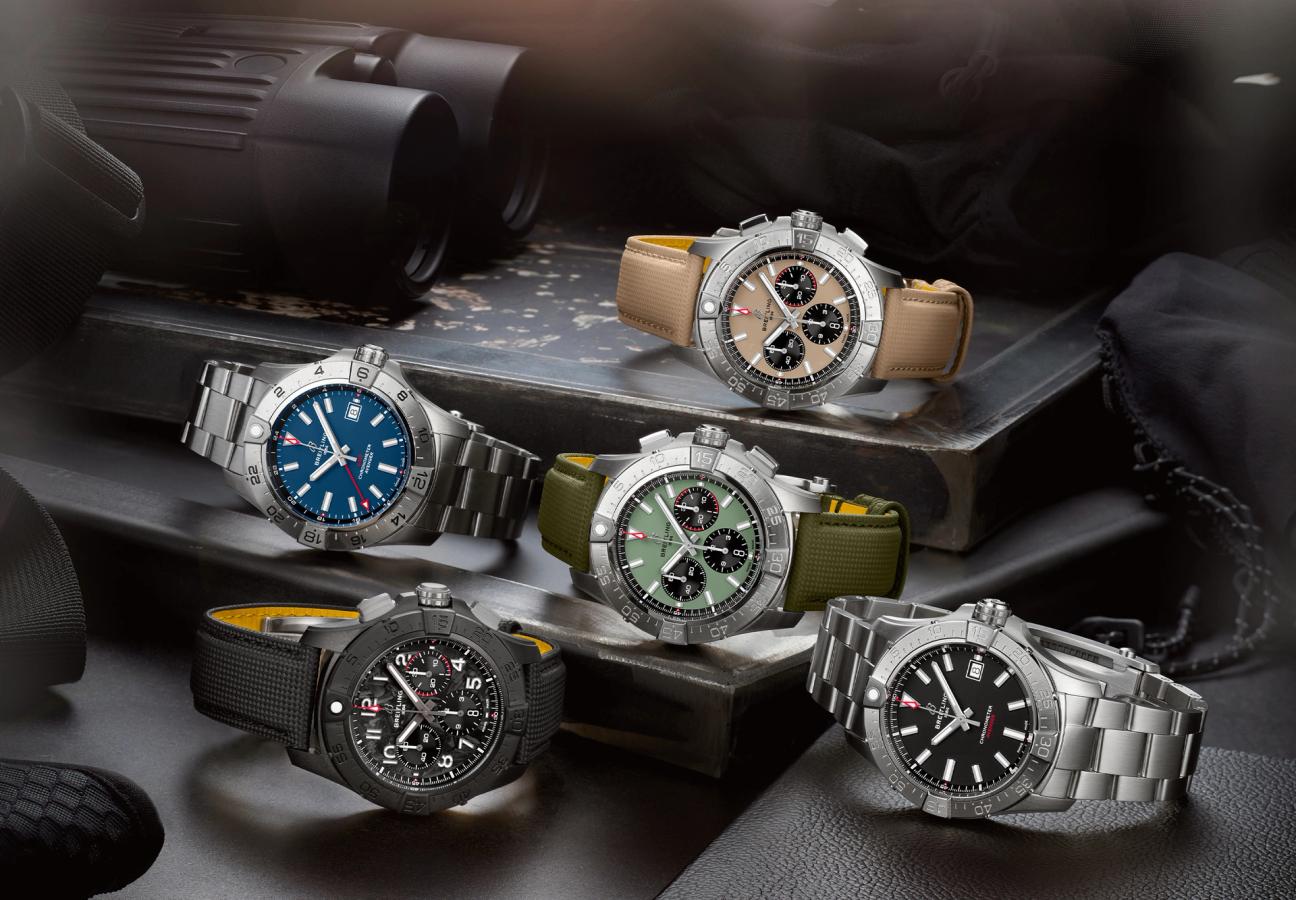
What was your first offensive move when you joined Breitling?
Oh, my god. I mean...
What was the first thing on your mind that you needed to do on day one?
We changed the whole corporate identity. We defined a new product portfolio, we decided to become a generalist brand with clearly differentiated lines and got out of this ultra niche of being a pure pilot’s-watch brand. We still have three pilot’s watch lines, from the classic AVI to the Navitimer range and the Avenger. We're still leaders in pilot’s watches and have very strong links to aviation – but, the history shows us that we were much more than that.

You mentioned earlier that you had to raise the average price point of the offerings across the categories. How did you go about doing that – and by how much did you raise it by?
I mean, by increasing the quality. I would not increase prices for the sake of increasing prices. You need to explain to the customer why suddenly a watch is 1,000, 2,000, 3,000 Euros or pounds or dollars more expensive. For instance, when we tell our customers that we are now using our in-house movement, which makes the watch more expensive and increases the prices, the consumer appreciates it. We saw it with the Navitimer two years ago when we relaunched it. The team said, ‘We are losing that price point between 5,000 and 7,000 CHF if we do this’. To which I said, ‘But that's the direction we should take’, and the Navitimer has been doing extremely well since the relaunch.
As well as adjusting the price points across the portfolio, did you also reduce the number of SKUs?
Yes, even though we have nine lines, it's not the number of lines that is relevant, it’s the number of SKUs by line. If you look at the Avenger, we're talking about 10 or 11 references and that's it. Therefore, it's easy to choose and it's easy to understand, and this is what’s important.
The key adjustments, in terms of design, in the whole portfolio has been a reduction in size and an addition of dialled-up colour. Is that a fair analysis – or are there other key elements to the design that you've changed?
Yes, I think the range, overall, became more chic than five or six years ago. The whole company became less, I would say, brutal, more chic, sports chic. Even if we still have bold products, like the Avenger, the ceramic execution on the Night Mission – these are important products. Then, of course, you also need smaller sizes for Asian markets, simply due to the ergonomics. For the Avenger, we’re at 44, 42 and 40mm, which I think corresponds to the market needs.


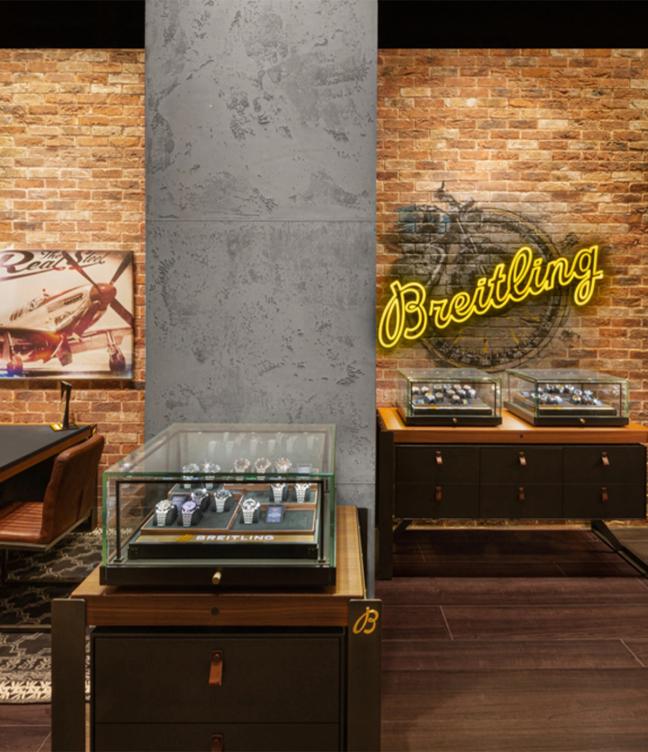
What were the biggest markets for Breitling when you came in and what are the biggest markets now? And what will the future markets be?
The biggest market was the US and it's still the US, because we are growing, everywhere. But, since 12 months, we are properly starting to develop our presence in China. We were very unlucky with Covid, as we were blocked for three years. Now, we are pushing it hard with a great new team on board. We work with local celebrities and locally relevant activations. I am confident for that market as we are successful in south-east Asia and we are successful in Japan. It's all about working tactically the right way in the market. So, we want to grow everywhere.
The linkage between celebrities and watch culture is something you've pioneered over the years. Is it still as important, in your mind, than it was five-to-ten years ago?
Having celebrities, or simply running through a checklist for success, doesn’t work. You can’t think that just because you’re involved in a certain sport, or that you have a Hollywood star as an ambassador, means you will be successful. Today, all the elements of the brand are important: the boutiques, the style of your advertising, obviously the design, the activations and, if an ambassador can help, fine. But, you will not be successful if your product quality isn’t good, and your brand isn’t coherent and strong.
An ambassador alone won’t solve these problems. The ambassador can be an amplification, a multiplication of something which has to be good at the beginning. At Breitling, our Squad initiative perfectly reflects our values and philosophy. We aim for authenticity, credibility and honesty for our brand, products and client interactions. The same applies to each Squad. Their members are absolute masters in their respective fields. I love the concept of a campaign around a team or a group of people because it allows us to tell a more holistic story than working with individuals. Working with football and basketball superstars, such as Erling Haaland and Giannis Antetokounmpo, or actor Charlize Theron, enables us to reach different demographics.
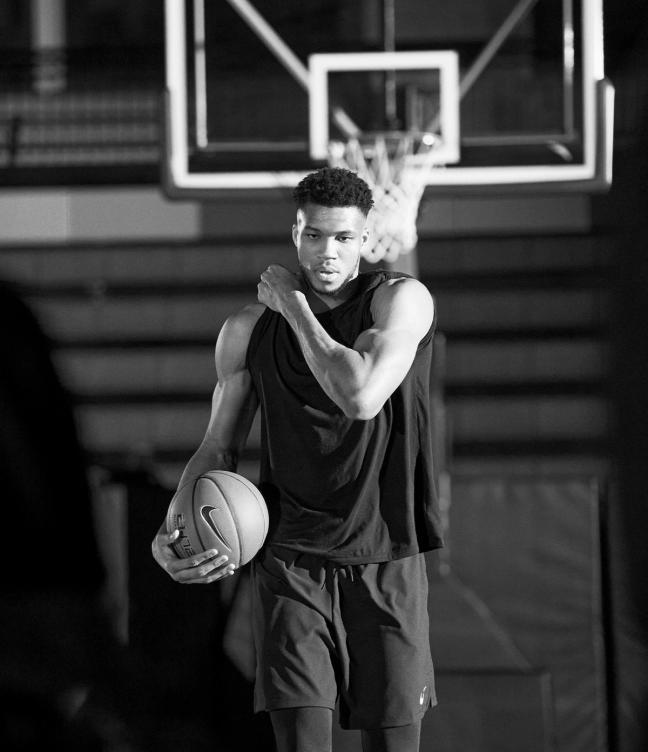
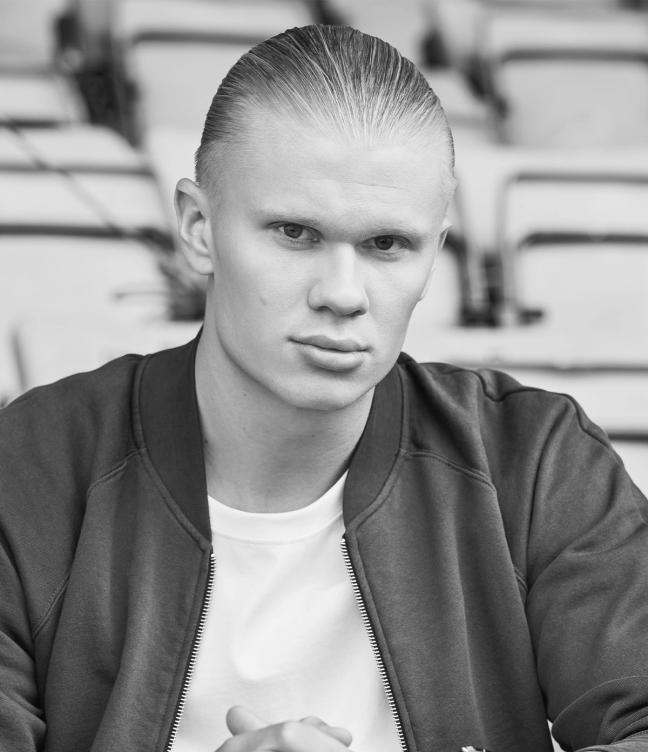
Let's talk about the reliance on other calibres. You've developed your own chronograph calibre in-house; you’re now going to be doing an automatic calibre, and that's going to leave your movements at roughly 80 per cent being done in-house. What does that mean in practice and commercially for the business?
It means much more complication for us. You need more production capacity and, with this, more staff, which shows when looking at our number of employees. I remember that a couple of years ago, we were 380 people – now, we are at 1,800. But, having your own calibres is part of the esteem of a brand, and this is what we are working on, besides communicating our rich history. Today, it is expected from a brand, at that level, to have its own movements. Next year, for our 140th anniversary, we’ll have some great surprises.
How long does it take to develop a new in-house calibre? And, roughly, what does it cost?
Three to four years. We're talking about millions.
Single-digit millions or double-digit millions?
Single-digit millions.
Finally, if the house is burning down and you've got to run out with one Breitling watch, which would it be?
I mean, the beauty is we have roughly, per year, two-thirds of new clients and one-third of existing clients buying our product, so we gain new clients, which is super important, but we retain. Especially, then, in absolute terms, the volumes are increasing. We retain many clients because we are a generalist brand, because, when you’ve bought one product, you haven't bought the brand. If you go out there, look at some other brands – you buy one product, you basically bought the brand, and this is absolutely not the case at Breitling. So, if the house is burning, I'm running out with a huge suitcase of watches.
Want more watch content? We break down the Louis Vuitton Tambour…

Become a Gentleman’s Journal Member?
Like the Gentleman’s Journal? Why not join the Clubhouse, a special kind of private club where members receive offers and experiences from hand-picked, premium brands. You will also receive invites to exclusive events, the quarterly print magazine delivered directly to your door and your own membership card.


